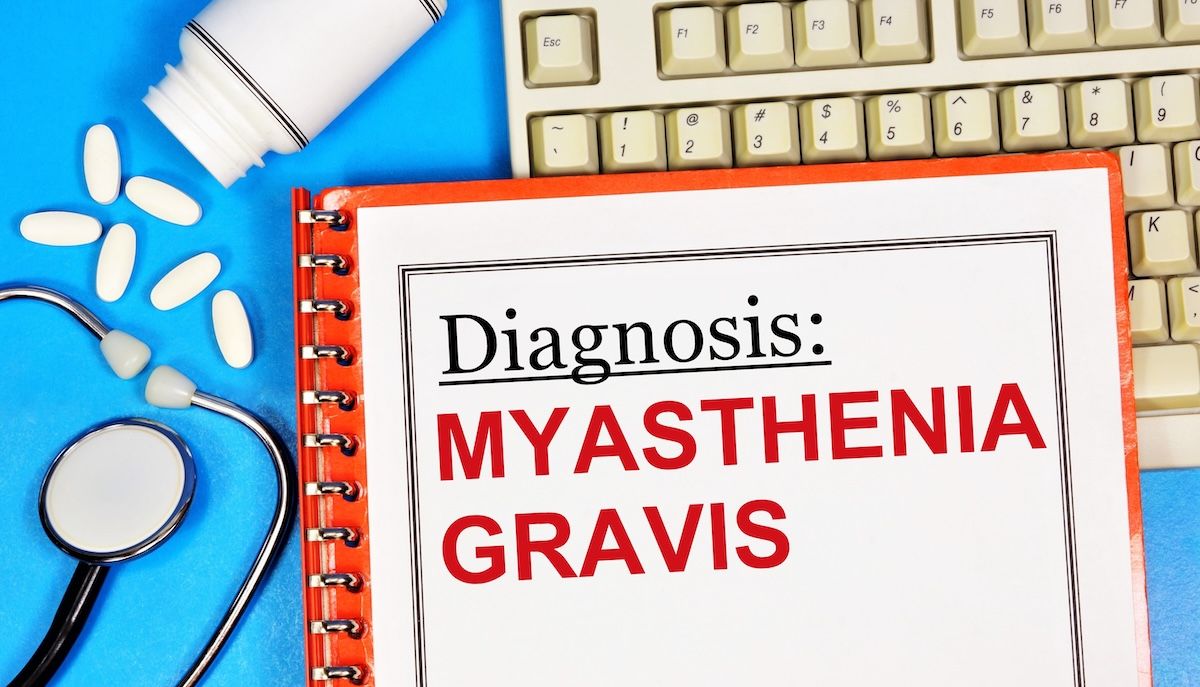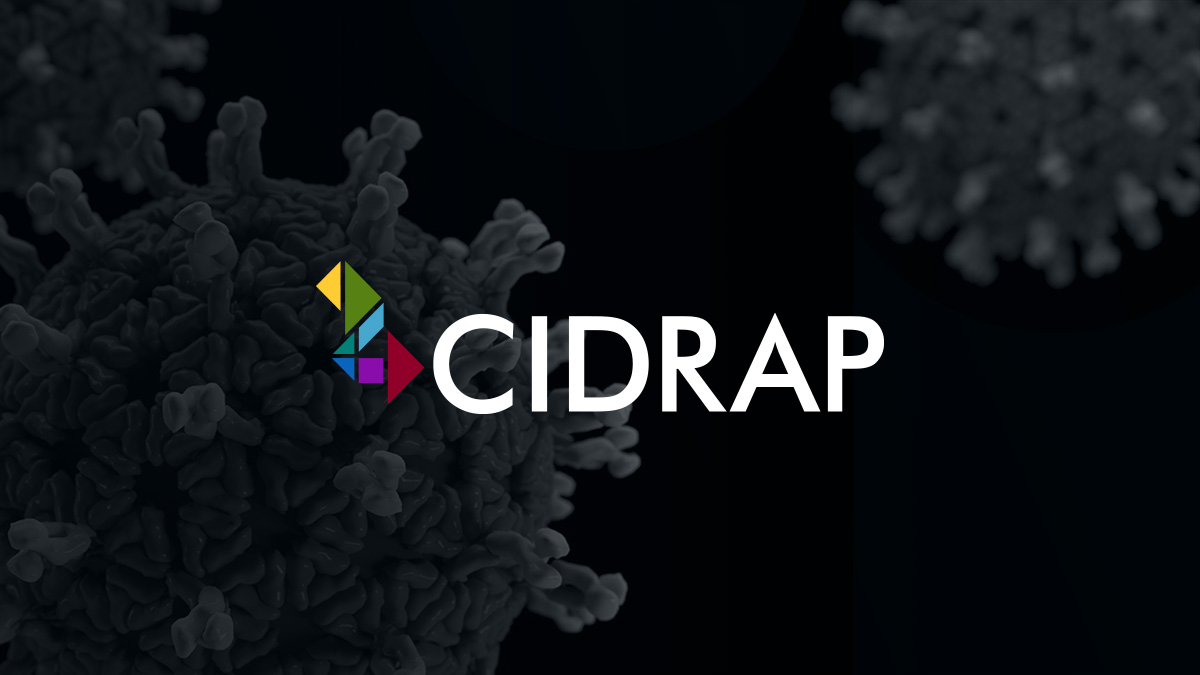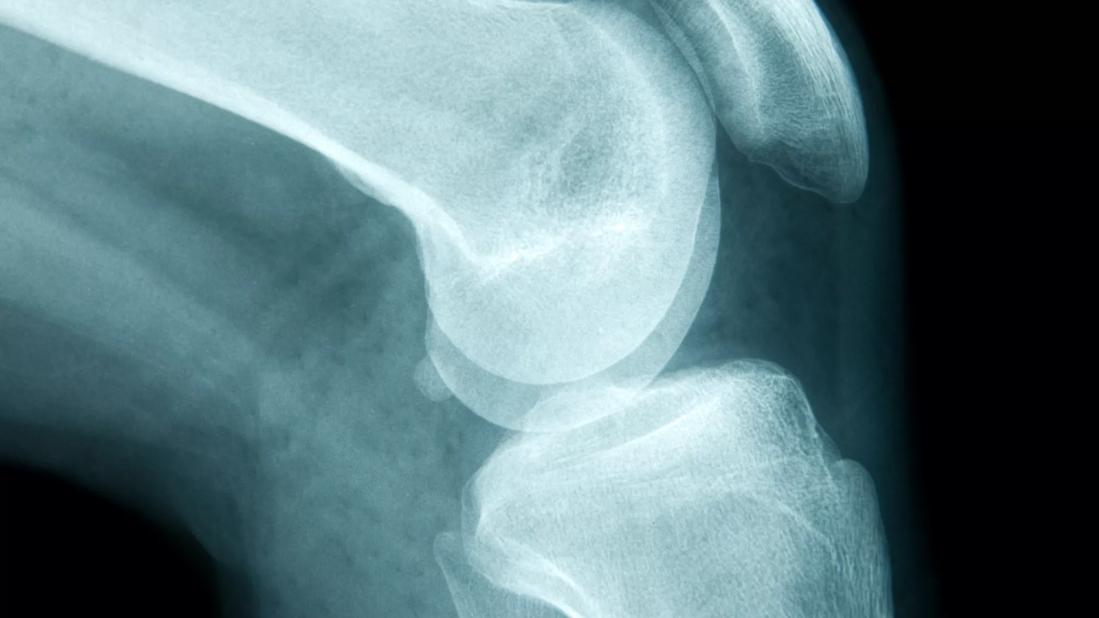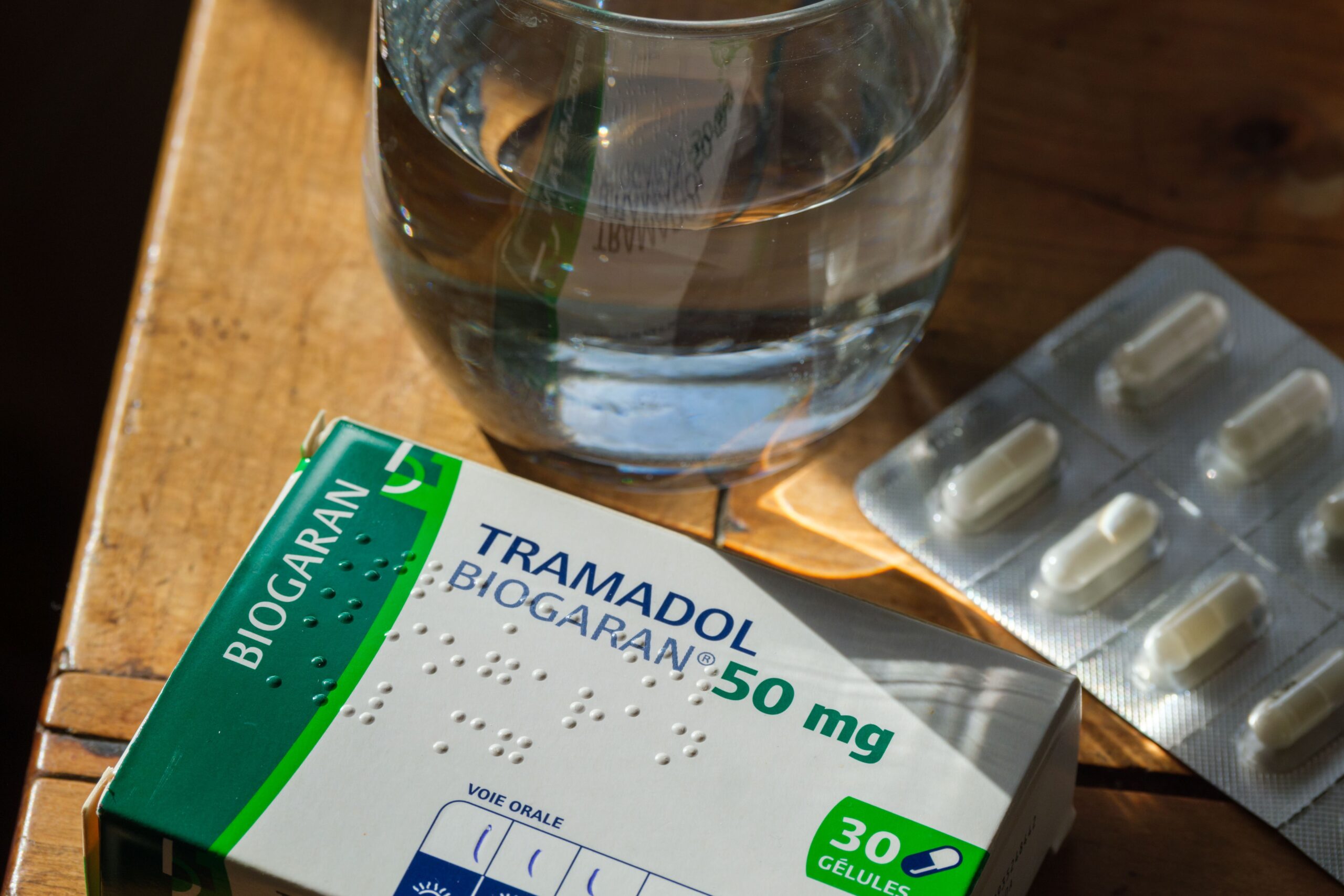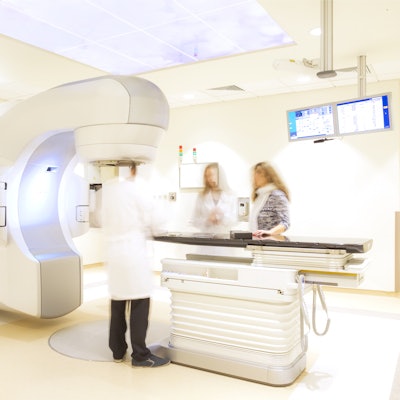Children who have poor glycemic control could face higher risks of developing neuropathy in adulthood, which is often caused by diabetes, according to research conducted by investigators from the University of Michigan. The study authors, who…
Elekta has released a new report outlining radiotherapy’s utility in cancer care titled “2025 Impact Report, Precision Targeting, Global Impact: Cancer Radiotherapy in the 21st Century.”
The report calls for broader adoption, proper…

